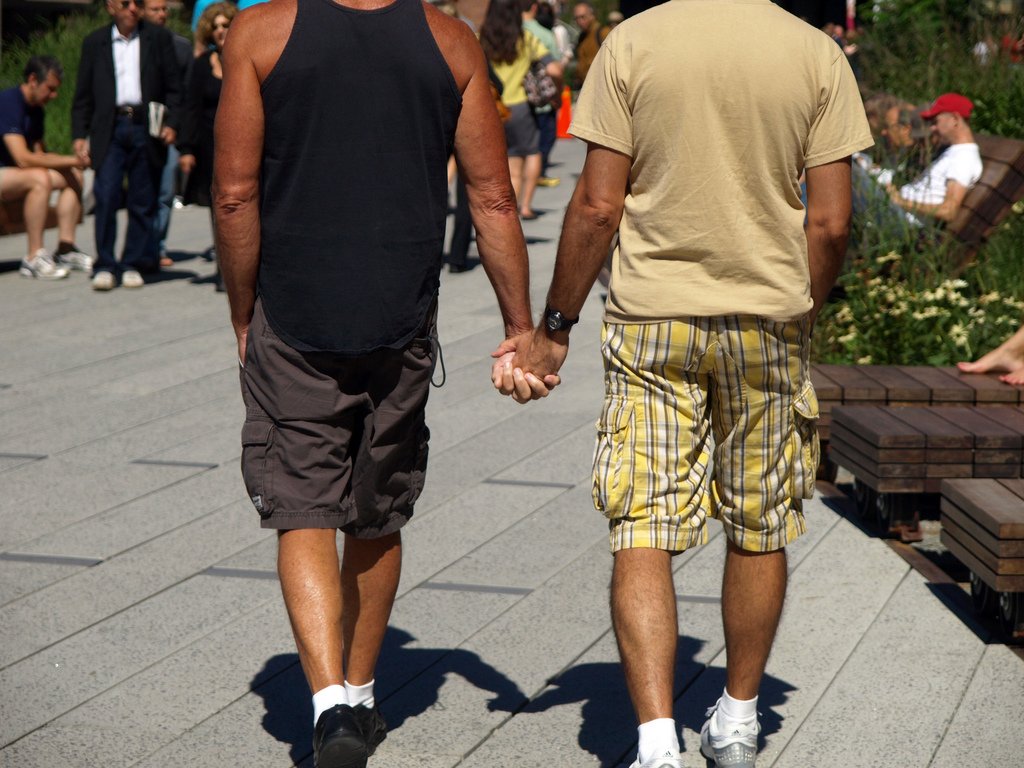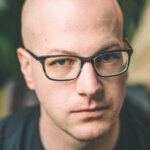How many gay and bisexual men do you think there are in Metro Vancouver?
Think of a number. I’ll wait.
If you guessed 30,000, or three percent of Vancouver men, you’re probably not far off, according to a new study by a Vancouver researcher. But if you were way off the mark, don’t feel bad about it. It turns out counting gay and bisexual men isn’t easy, even for scientists.
There’s no definitive survey of how many gay and bisexual men live in Canada or any of its cities — we don’t ask about sexual orientation or identity on the census.
The population is also hard to pin down. There’s a difference between men who are attracted to men, men who call themselves gay or bisexual, and men who have sex with men.
Gay and bisexual men are what researchers call a “hidden population,” a group of people hidden from the public eye by stigma or lack of a clear definition.
Ashleigh Rich, a PhD student and researcher at the BC Centre for Excellence in HIV/AIDS, studies populations who are at risk for HIV. She wanted to cast a broad net and identify as many men who have sex with men as possible. Gay and bi men account for more than half of all new HIV infections in Canada, and nearly a quarter of gay and bi men in Vancouver are living with HIV.
Rich’s method for calculating the population of gay and bisexual men was deceptively simple: she found every way she could to reliably estimate the size of the population, and then she took the median.
Some of Rich’s methods were obvious, like looking at the Canadian Community Health Survey, an ongoing telephone poll that asks Canadians about their health, including if they are straight, gay or bi.
Others were more creative. Rich asked men in a Vancouver gay men’s health study if they listed themselves as gay or bi on Facebook, and how often they got tested for sexually transmitted infections at local sexual health clinics.
By figuring out the total numbers of men who were listed on Facebook through the site’s advertising function, and by getting STI testing data from the Centre for Disease Control, Rich could then use simple math to figure out how many men there likely were.
Perhaps the most counterintuitive method Rich used to figure out the size of the gay and bi population was to just ask men what they thought — a bona fide research technique called “the wisdom of crowds.”
This gave the smallest result; on average, men thought there were about 10,000 gay and bi men (though that number was dragged down by a few men who thought there might be only a few hundred).
The estimate based on Facebook suggested 23,000, the Canadian Community Health Survey about 30,000, and the survey of sexual health clinics about 40,000.
The median result: about 27,000 gay and bi men.
Rich says that’s about what we should expect based on similar studies in other countries, but says the 27,000 she calculated should be seen as just a “minimum” number of gay and bi men in the city.
Some men who have sex with men have been shown in other studies to be unwilling to tell researchers or doctors about their orientation. Taking nondisclosure into account, Rich estimates the number could rise to about 40,000 or 50,000.
Rich’s study doesn’t give us an exact number of gay and bi men in the city, but she says it will be useful for tracking populations at risk for HIV, figuring out how trends in HIV infections are changing over time, and giving context to other research.
At the very least, she says, she hopes her study will provoke more conversation about who men who have sex with men are, and how difficult it can be to identify their hidden population.


 Why you can trust Xtra
Why you can trust Xtra


